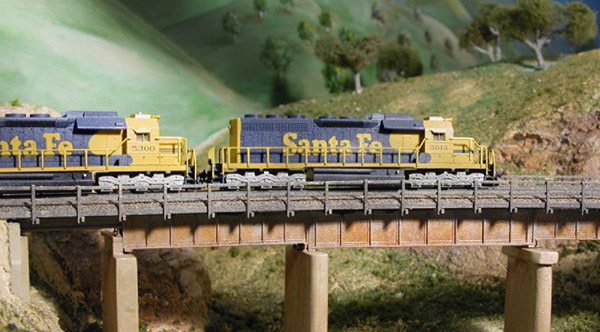
The route follows the Animas River, and about a third of the way up, you suddenly find yourself on a rocky shelf 400 feet above the rushing waters. You’re on the famous “High Line.” At times you can look almost straight down. The sensation is more like floating in a balloon rather than riding on a train.
“Incredible,” I’m thinking. “If only you could model this.” But of course you couldn’t, not even in N scale.
Hey, not so fast. A few days later I revisited that thought and changed my mind. Four hundred feet is one heck of a high cliff, but divide that distance by 160, the scale factor for N, and you get 21⁄2 feet. You could indeed represent the High Line in N scale. And the Nn3 equipment is available.
This revelation did get me thinking about just how small N scale is. The first edition of Russ Larson’s N Scale Primer included an illustration that has stuck with me for 40 years. It showed how high a basketball hoop is in N – just 3⁄4″. That’s not very high, and yet standing under a real one, that hoop is way up there.
It’s really easy to make things oversize and clunky in N, so you have to guard against it all the time. If you carve 1/8″ deep ruts in dirt roads, they’re a scale 18″ deep, making the road impassable for just about anything short of an Abrams tank. If you run a 1⁄8″ line down the middle of a highway, it’s way too wide and spoils the scene.
When you look at those exquisite N scale figures in their plastic boxes they look impossibly tiny, like an N scale eagle could carry them away. But of course, when you place them on the layout they look right.
Sometimes, though, I think a bit oversized can be good. An example is track ballast. I use Woodland Scenics fine ballast. The grains are quite small, but still represent fairly large 4-5″ stones, whereas 2 or 3 inches is more typical on the prototype. In my opinion, though, if you use finer grades of ballast, it might not look right because it’s too smooth. Texture is basic to successful modeling, and a little exaggeration of texture is better than losing it.
I remember that when the first Kadee (now Micro-Trains) car came out in the early ’70s, I found it a bit disconcerting. I was used to seeing coarser detail (rivets were often grapefruit-sized), and I had to recalibrate mentally.
I still have a problem with cars like all-door boxcars and waffle-side boxcars. It takes skilled and careful weathering to make those side details as distinctive as they are when you see them on the real thing. The sun is much better at casting shadows than the typical lighting on our layouts. In short, I think there are occasions when being less prototypical leads to better realism. It’s a matter of degree. We want character, but not caricature.
Here’s another example. Model tunnel portals are often way too thick, with openings that are too large. Railroads like to err toward making things strong, but they aren’t into wasting material. Bores are as large as they need to be, and seldom much larger. (In this age of double-stacks and autoracks, lots of older tunnels had to be heightened. That’s usually done by lowering the floor.)
Sometimes, it’s better to compromise for the sake of strength and durability. The bridge you see in the photo above is sporting its second set of styrene railings. The first set was scale, but just too flimsy. If I even touched the railings they would stretch and bend, and getting them straight again was impossible. Not only is the second railing sturdier, but it also has another advantage – you can see it. In my opinion, details you can’t see aren’t worth the trouble.
All I’m saying is, remember what scale you’re working in any time you’re adding to your railroad. It only takes one or two clunky details to wreck a scene. That basketball hoop should be only 3⁄4″ above the driveway!






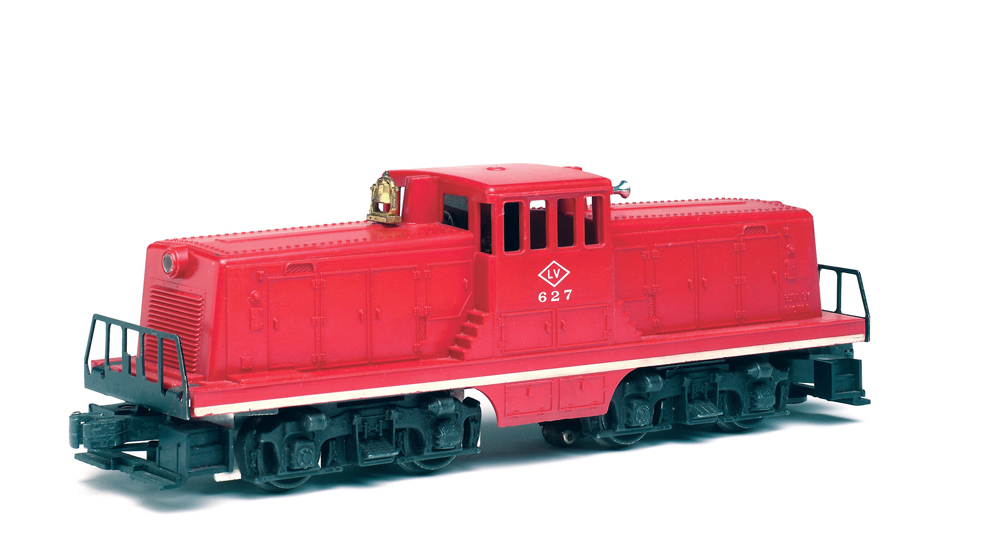
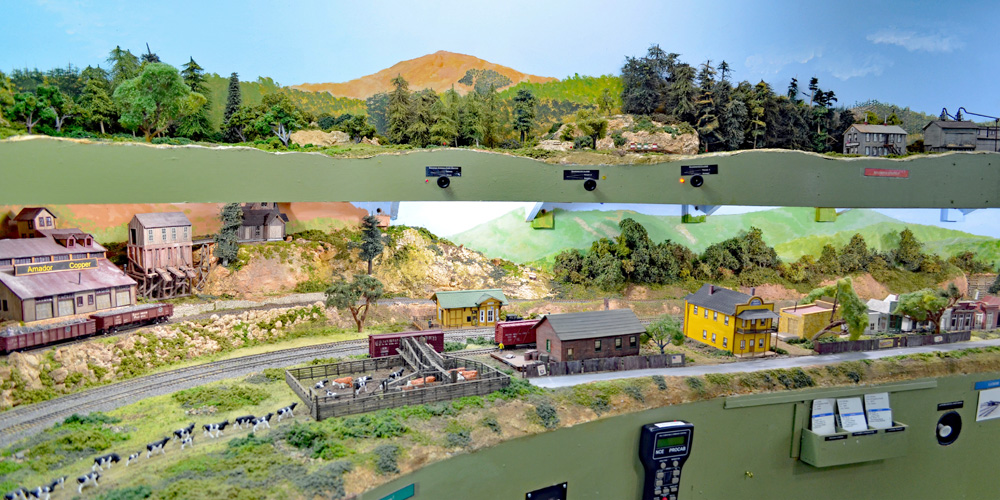
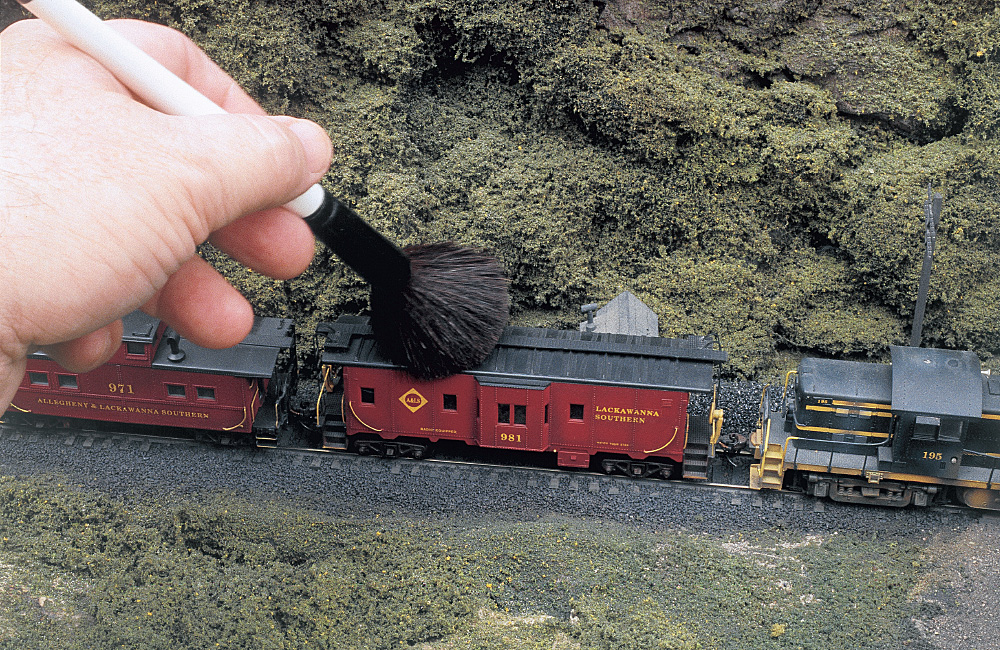
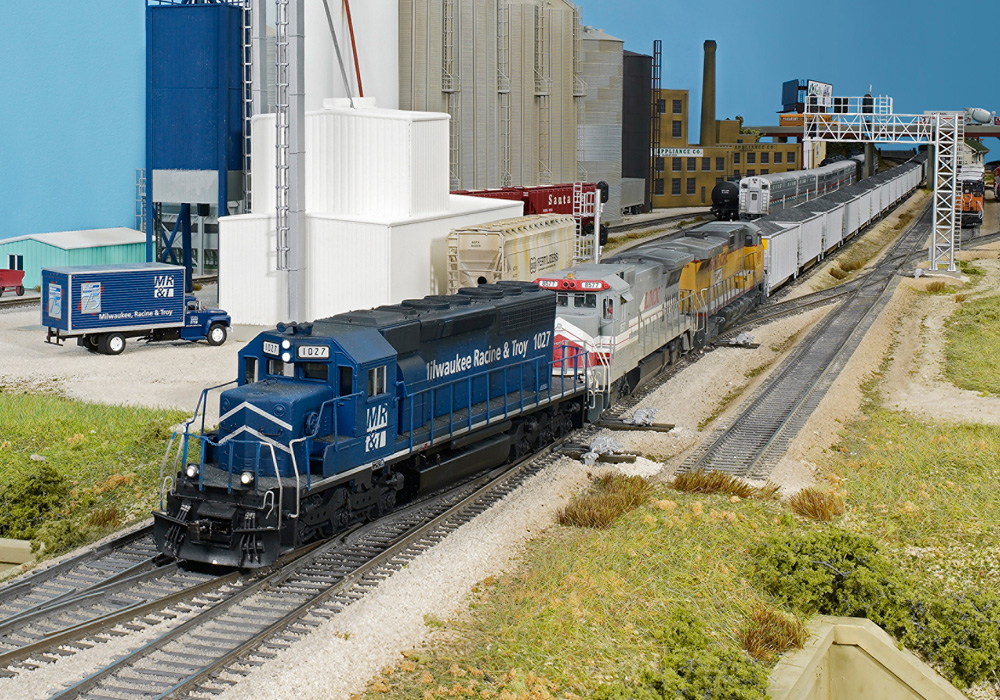




I too have ridden the D&S train and agree with all of Jim’s superlatives. I would add one more. COLD! I rode it in October, enough said.
I have always taken the approach in almost 60 years of N scale experience, does it look right more so than is it to scale.
I’m a big fan Jim.
Tim